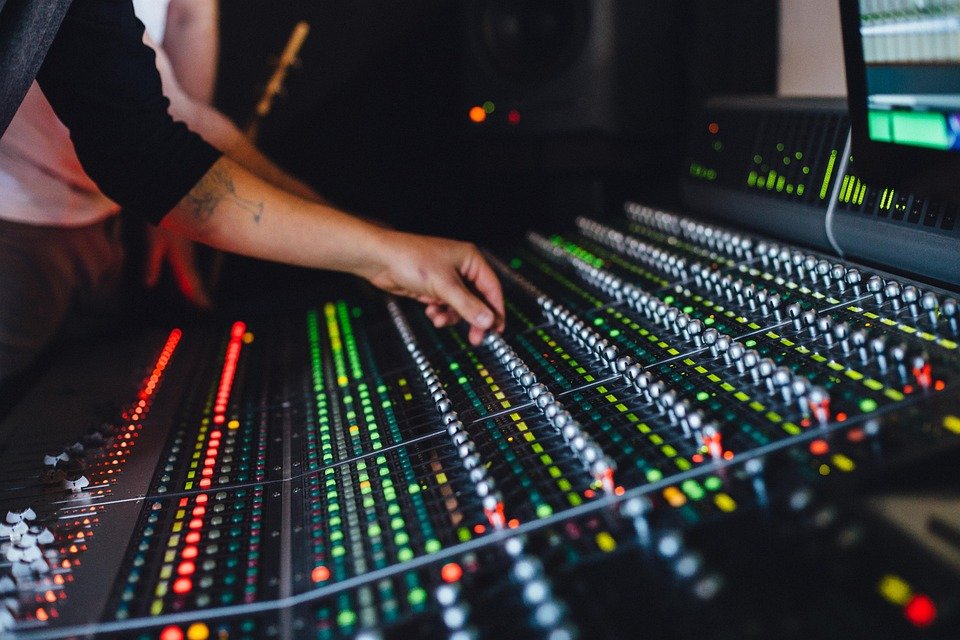Artificial Intelligence, or AI, has been a buzzword in technology circles for many years now. From chatbots to self-driving cars, AI has made its way into nearly every aspect of our daily lives. But what exactly is AI, and how does it work? In this article, we will demystify artificial intelligence and break down what you need to know about this rapidly evolving technology.
At its core, AI is the simulation of human intelligence processes by machines, especially computer systems. These processes include learning, reasoning, problem-solving, perception, and language understanding. AI is typically divided into two main categories: narrow AI and general AI. Narrow AI, also known as weak AI, is designed to perform a specific task, such as speech recognition or image classification. General AI, on the other hand, is the long-term goal of creating machines that can perform any intellectual task that a human can do.
One of the key technologies that enable AI is machine learning. Machine learning is a subset of AI that focuses on the development of algorithms that allow machines to learn from and make predictions or decisions based on data. These algorithms can be trained on large datasets to recognize patterns and make decisions without being explicitly programmed to do so.
Another important concept in AI is neural networks. Neural networks are a series of algorithms that attempt to recognize underlying relationships in a set of data using a process that mimics the way the human brain operates. By using layers of interconnected nodes, neural networks can process complex information and make decisions based on that information.
So, what are some practical applications of AI in today’s world? One of the most common uses of AI is in natural language processing, which allows machines to understand and generate human language. Chatbots, virtual assistants, and speech recognition technology all rely on AI to understand and respond to human requests.
AI is also being used in healthcare to diagnose and treat diseases more accurately and efficiently. Machine learning algorithms can analyze medical data to identify patterns and predict outcomes, helping doctors make more informed decisions about patient care.
In the world of finance, AI is being used to detect fraud, predict market trends, and optimize investment strategies. Automated trading systems use AI algorithms to make split-second decisions about buying and selling stocks, currencies, and other financial instruments.
While AI has the potential to revolutionize industries and improve our daily lives in many ways, it also raises ethical and societal concerns. Issues such as privacy, bias, and job displacement are all hot topics of debate surrounding AI.
In conclusion, AI is a powerful and rapidly evolving technology that is changing the way we live and work. By understanding the basics of AI and how it works, we can better navigate the opportunities and challenges that this technology brings. Whether you are a technology enthusiast, a business owner, or just a curious individual, it’s important to stay informed about AI and its implications for our society. Demystifying artificial intelligence is the first step in harnessing its potential for good and ensuring that its impact is positive for all.




